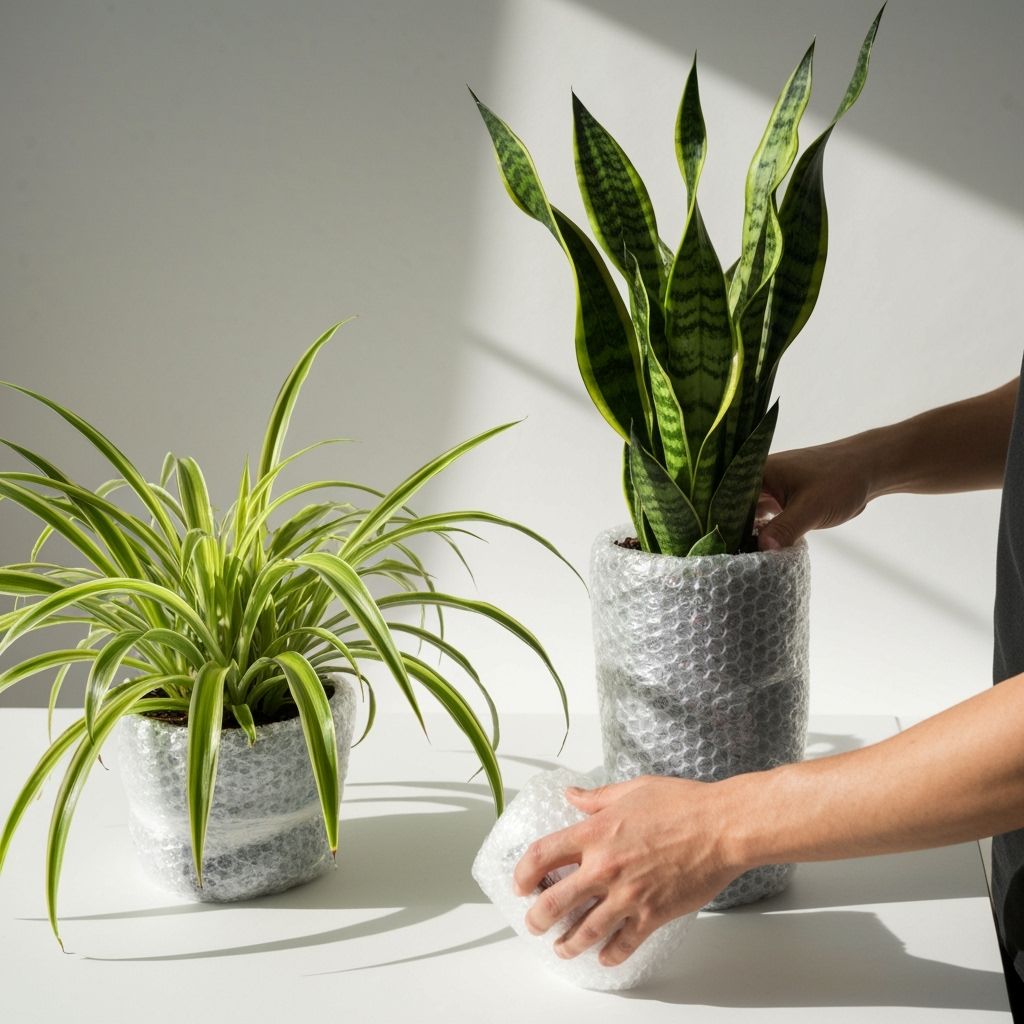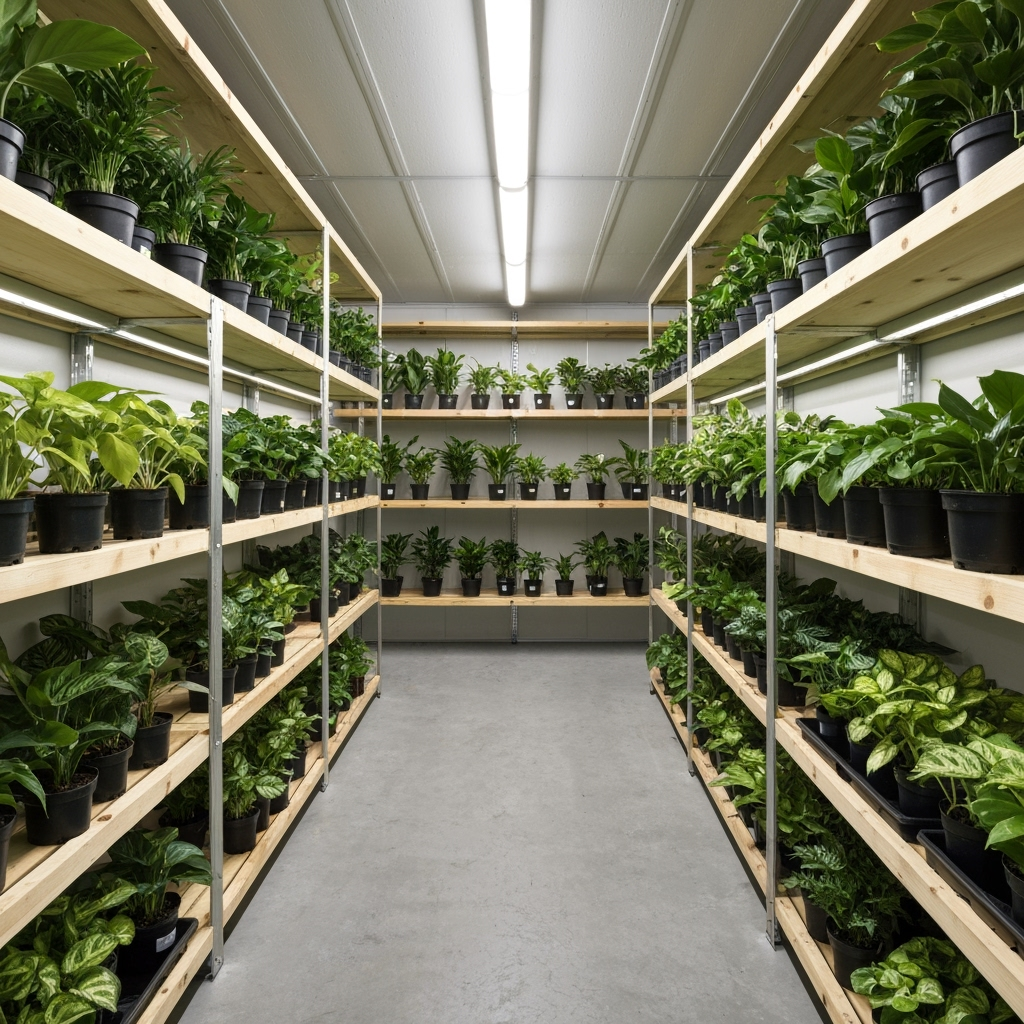
Understanding the Challenge of Moving with Plants
For plant enthusiasts, moving your leafy friends can be one of the most stressful parts of relocation. Whether you’re downsizing, relocating, or need temporary storage during a home renovation, knowing how to properly store and transport your plants is crucial for their survival. This comprehensive guide will help you maintain your indoor garden’s health during transitions.
Preparing Your Plants for Storage or Moving
Before placing your plants in storage or preparing them for a move, follow these essential steps:
- Prune dead or dying foliage to reduce stress on the plant
- Check for pests and treat any issues before storage
- Water moderately – plants should be moist but not waterlogged
- Clean leaves to ensure maximum light absorption
- Remove plants from decorative pots and store in plastic nursery pots
Climate-Controlled Storage: Your Plants’ Best Friend

Climate-controlled storage units are essential for protecting your plants during storage. Here’s why:
- Maintains consistent temperature between 60-75°F
- Controls humidity levels to prevent root rot
- Protects from extreme temperature fluctuations
- Shields sensitive plants from harsh conditions
Storage Duration Guidelines
Different plants can tolerate storage for varying lengths of time:
- Short-term (1-2 weeks): Most healthy houseplants
- Medium-term (2-4 weeks): Hardy plants with proper preparation
- Long-term (1+ months): Not recommended without special arrangements
Setting Up Your Storage Space
Create an optimal environment in your storage unit:
- Place plants on elevated surfaces for air circulation
- Arrange according to light needs if near unit entrance
- Group plants together to create humidity
- Leave space between plants to prevent disease spread
Moving Day Success
When it’s time to transport your plants:
- Use stable boxes with air holes for ventilation
- Secure pots with paper or bubble wrap
- Transport in temperature-controlled vehicles when possible
- Move plants last and unpack first
Special Considerations for Different Plant Types
Adjust your storage approach based on plant type:
- Succulents: Require minimal water and good air circulation
- Tropical Plants: Need higher humidity and stable temperatures
- Large Plants: May require special support and larger spaces
- Rare Plants: Consider professional storage solutions
Monitoring and Maintenance
If storing plants for any length of time:
- Check moisture levels weekly
- Monitor for signs of stress or disease
- Adjust positioning as needed for light exposure
- Remove any fallen leaves or debris
When to Consider Professional Help
Seek expert assistance if:
- You have a large collection of valuable plants
- Storage will exceed one month
- Plants require special care or conditions
- You’re moving long-distance
Post-Storage Care
Help your plants adjust to their new environment:
- Gradually reintroduce to natural light
- Check thoroughly for any issues
- Repot if necessary
- Resume regular care routine slowly
Conclusion
With proper planning and the right storage solutions, your plants can survive and thrive through a move or temporary storage. Public Storage’s climate-controlled units provide the perfect environment for your green friends during transitions. Remember to plan ahead, monitor regularly, and give your plants time to adjust to changes.










Leave a Reply